Clouds Architecture Office (Clouds AO), a US-based interdisciplinary design firm, has proposed a concept that rethinks the future of tall buildings. Called Analemma Tower, the structure would not rise from the ground, but instead hang from an asteroid positioned in geosynchronous orbit around the Earth. It is envisioned as a free-floating vertical habitat, tethered from space and moving in a predictable figure-eight path over the Earth’s surface.
Unlike traditional skyscrapers that depend on foundations embedded in the ground, Analemma Tower relies on orbital anchorage. The design reflects a shift from ground-driven construction to space-oriented thinking, where orbit, gravity, and atmospheric conditions become primary factors.
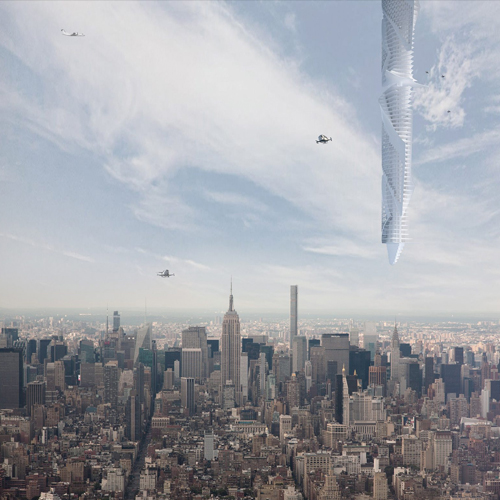
Project Idea
Analemma Tower is a conceptual skyscraper proposed by Clouds Architecture Office. The project envisions constructing the building initially in Dubai, where costs are significantly lower, and then relocating it to its operational position tethered to an asteroid in geosynchronous orbit. The tower would reach a height of 32 kilometers, with its orbital anchor located approximately 50,000 kilometers above Earth. It would move along an analemma-shaped path each day, powered by solar panels positioned above Earth’s atmosphere. The structure is designed with a closed-loop water system that captures moisture from clouds and rain, while vertical transport would rely on magnetic or cableless elevator systems due to the extreme height. Currently, the project remains a theoretical proposal with no confirmed timeline for execution.
Structure and Orbital Movement
At the core of the Analemma Tower is its reliance on orbital motion. The building would be tethered to a captured asteroid placed in a high geosynchronous orbit. This specific orbit enables the tower to move across the Earth’s surface each day, tracing a consistent analemma, or figure-eight pattern, when viewed from the ground.
This orbital path allows the structure to pass over major cities like New York or Dubai. The building would slow down at the top and bottom points of this path, enabling predictable windows of access. Entry hubs could be located in these deceleration zones to allow transfer of people and materials with reduced relative motion.
The structure itself would hang tens of kilometers into the atmosphere. Unlike satellites that are out of reach, the lower portion of Analemma Tower would be close enough to Earth to permit logistical and functional interaction.
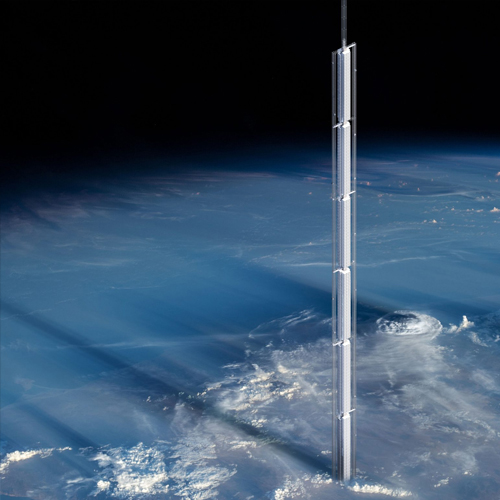
Altitude-Based Zoning and Usage
The programmatic layout of the tower is vertically zoned. As altitude increases, the function and environment of the building change dramatically. Instead of horizontal divisions seen in cities, Analemma introduces vertical zoning.
- Lower Zones (up to 5 km) would include residential units, shops, and commercial areas. These would be the most accessible parts, with environmental conditions closer to surface norms.
- Mid-Level Sections (5–20 km) could support offices, institutional modules, and observation platforms. These areas take advantage of reduced noise and unobstructed visibility.
- Upper Zones (20–32 km) would serve specialised functions such as scientific labs, isolated meditation or research environments, and short-duration stays. Environmental conditions here become more extreme:
- Atmospheric pressure drops significantly (~0.162 psi vs. 14.7 psi at sea level)
- Temperature can fall to -40°C
- Radiation exposure and oxygen scarcity require sealed, pressurised living spaces
Interestingly, due to the Earth’s curvature, upper sections would receive approximately 45 additional minutes of daylight per day, which has implications for solar energy collection and time-based functions.
Energy, Water, and Vertical Mobility
Analemma Tower would function largely as a self-sustaining system. Designers propose the use of solar panels located above Earth’s densest atmosphere, enabling constant exposure to sunlight. This setup supports continuous power generation unaffected by cloud cover or weather fluctuations.
Water would be sourced and recycled using a semi-closed-loop system. Moisture captured from rain, condensation, and even clouds would be filtered and reused. These systems reduce dependency on Earth-based supply chains.
Moving vertically through the tower requires unconventional solutions. Traditional cable-based elevators are not suitable for such distances. Instead, the design anticipates electromagnetic or cableless lift systems capable of operating across variable atmospheric pressures and gravity gradients. Transit would likely be modular, with segmented zones handling different sections of the building.

Technical Challenges
While compelling in concept, Analemma Tower raises several feasibility issues. Capturing and stabilising an asteroid in the required orbit is not currently achievable with existing space technology. Tethering a structure of this scale to an orbiting body demands extraordinary advancements in material science. The cable would need to be extremely strong yet lightweight—possibly made from carbon nanotubes or graphene composites, which remain under active research.
Construction logistics are another constraint. Clouds AO proposes building the structure in Dubai, where construction costs are relatively low, then transferring the assembly to its orbital position. However, the engineering and aerospace systems required for this transfer are speculative.
Human health at high altitudes also presents limitations. Long-term occupancy above the stratosphere would involve exposure to low pressure, low temperature, and high radiation—conditions more suited for short-duration missions unless significant shielding and life-support systems are integrated.
Analemma Tower suggests a future where architectural boundaries extend beyond the surface of Earth. It redefines the idea of a building not just as a fixed structure, but as an entity in orbit, interacting with planetary systems and temporal cycles. The project contributes to growing discussions on space-based urbanism, sustainability in extreme environments, and the role of architecture in planetary and orbital design. As global interest in space habitation continues to rise, concepts like Analemma may serve as blueprints for what future built environments might become.
Image source- parametric-

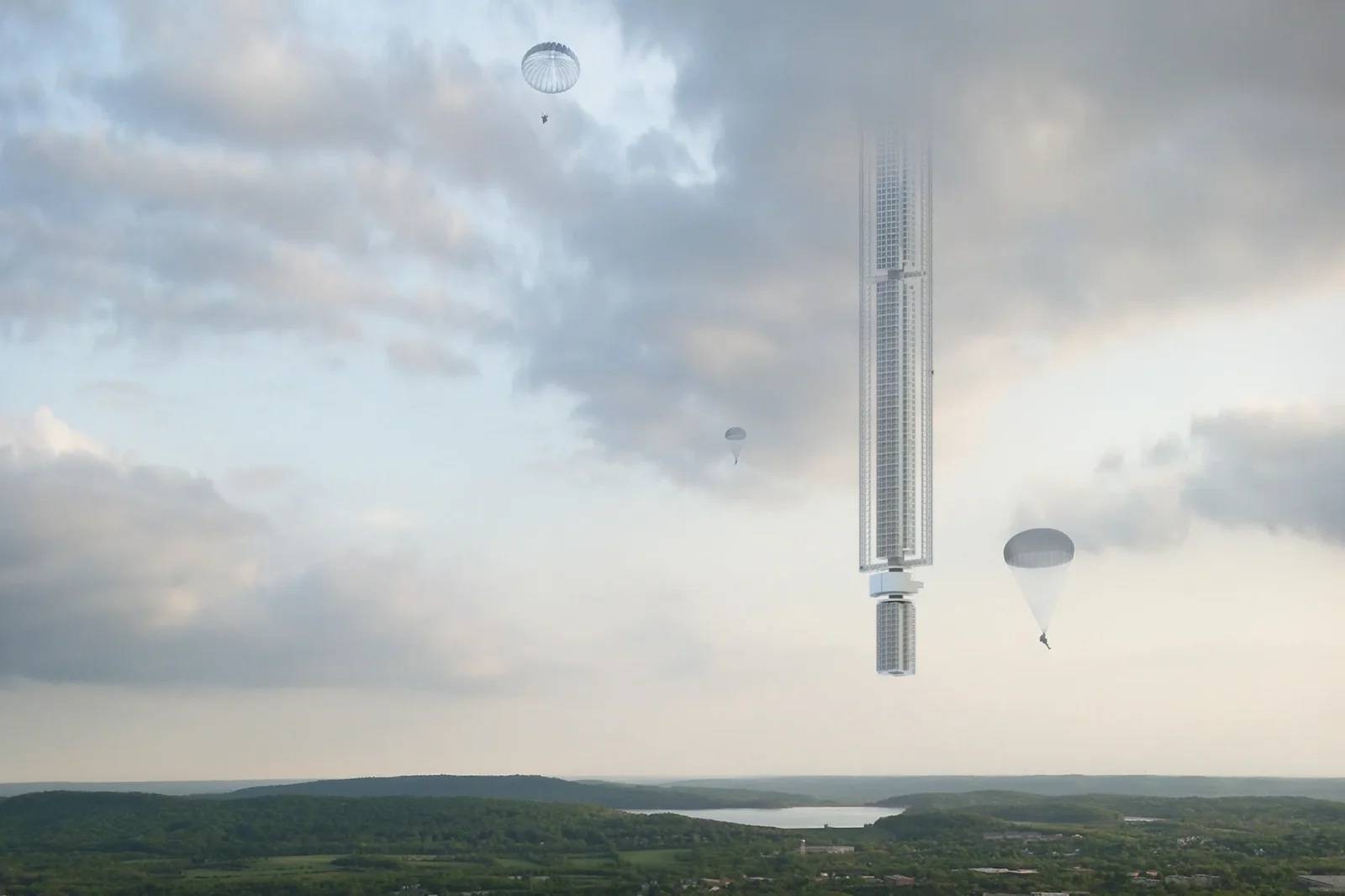
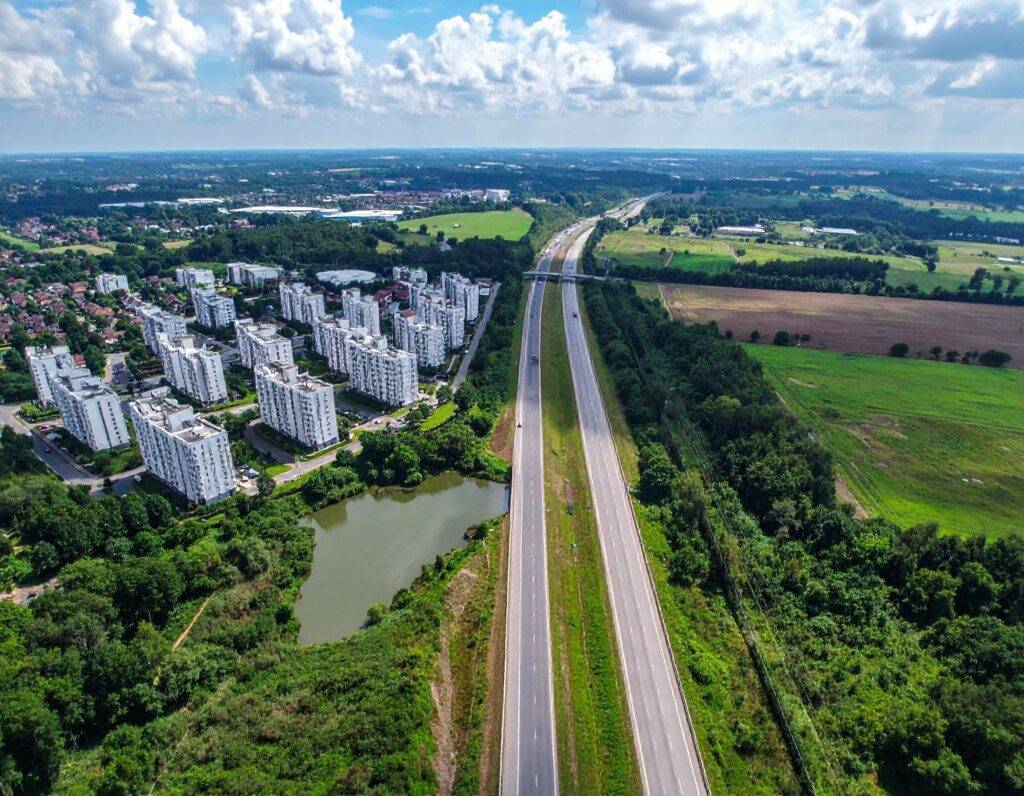
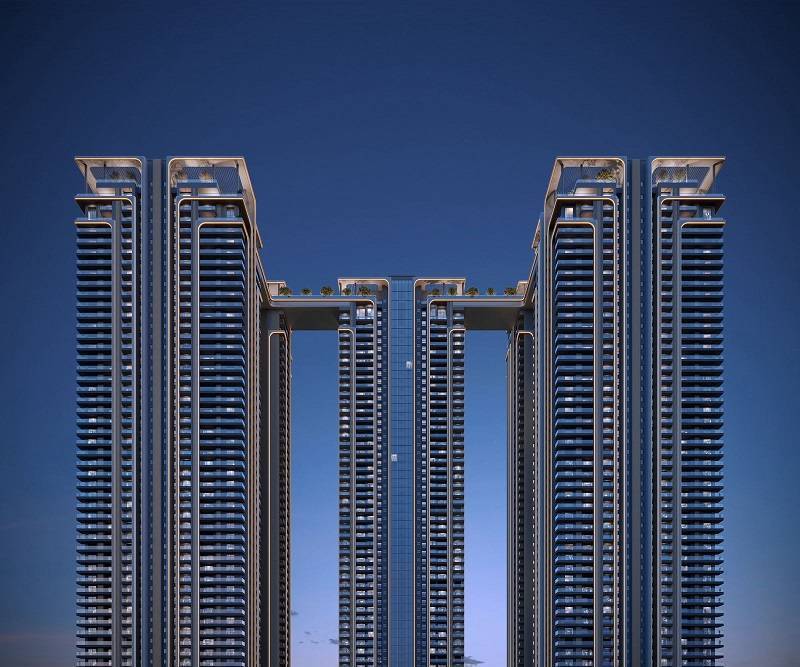





.png)